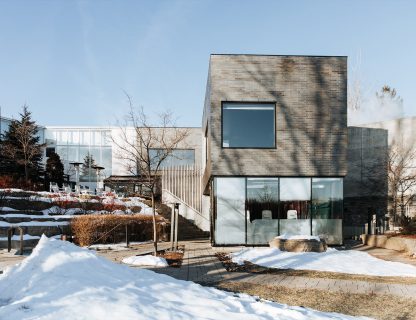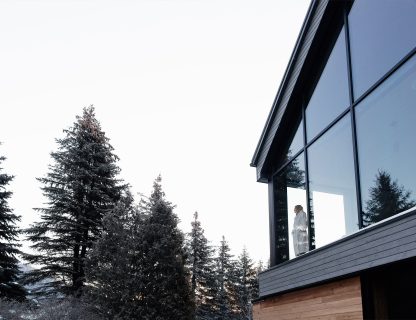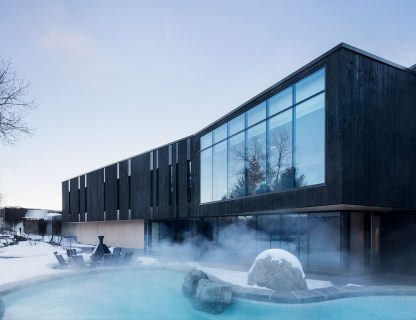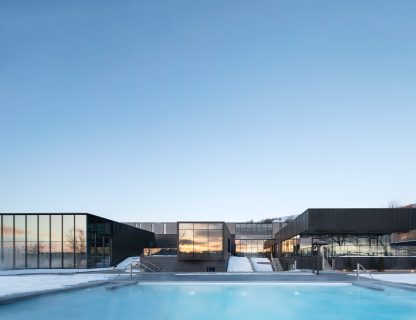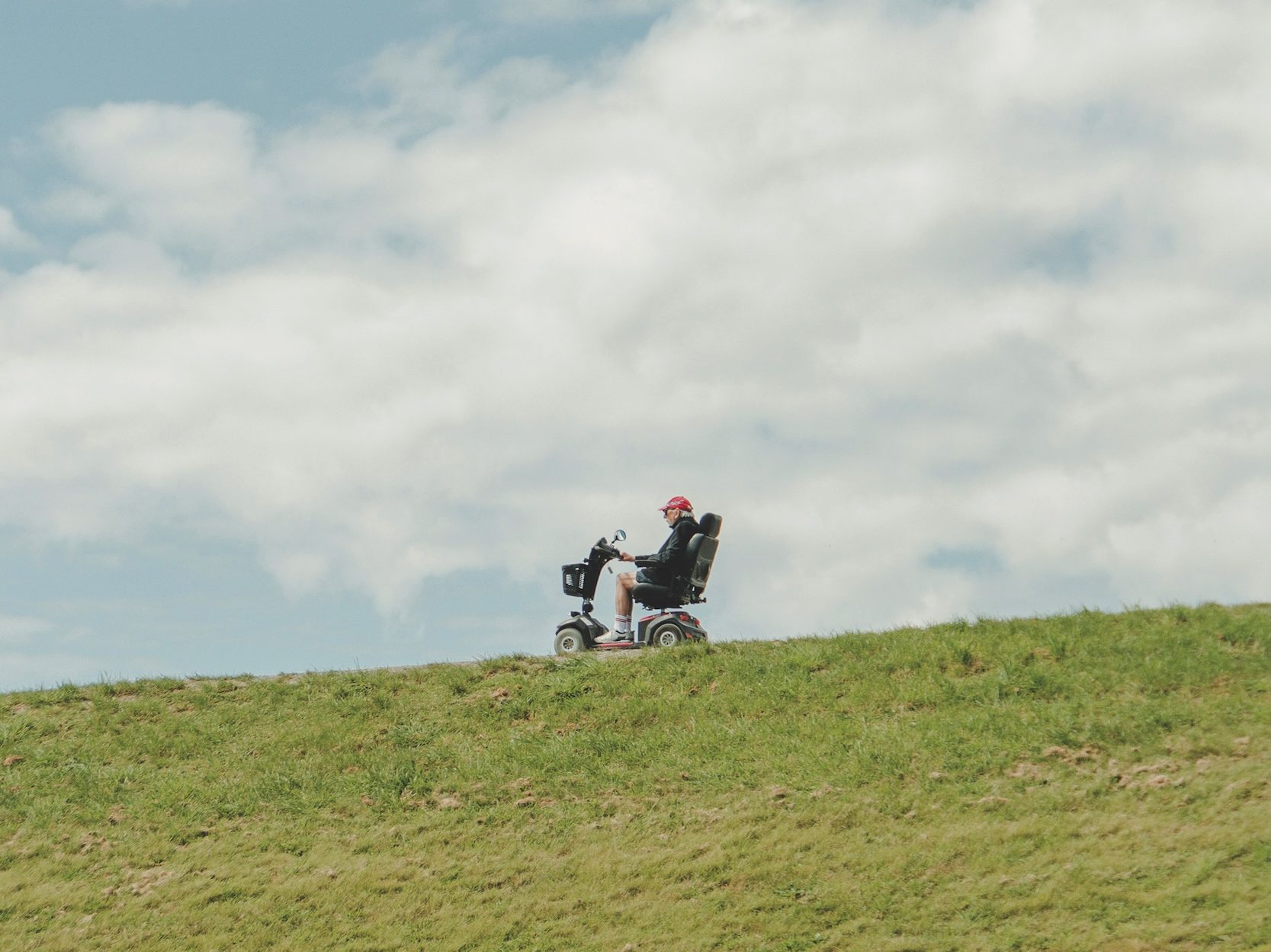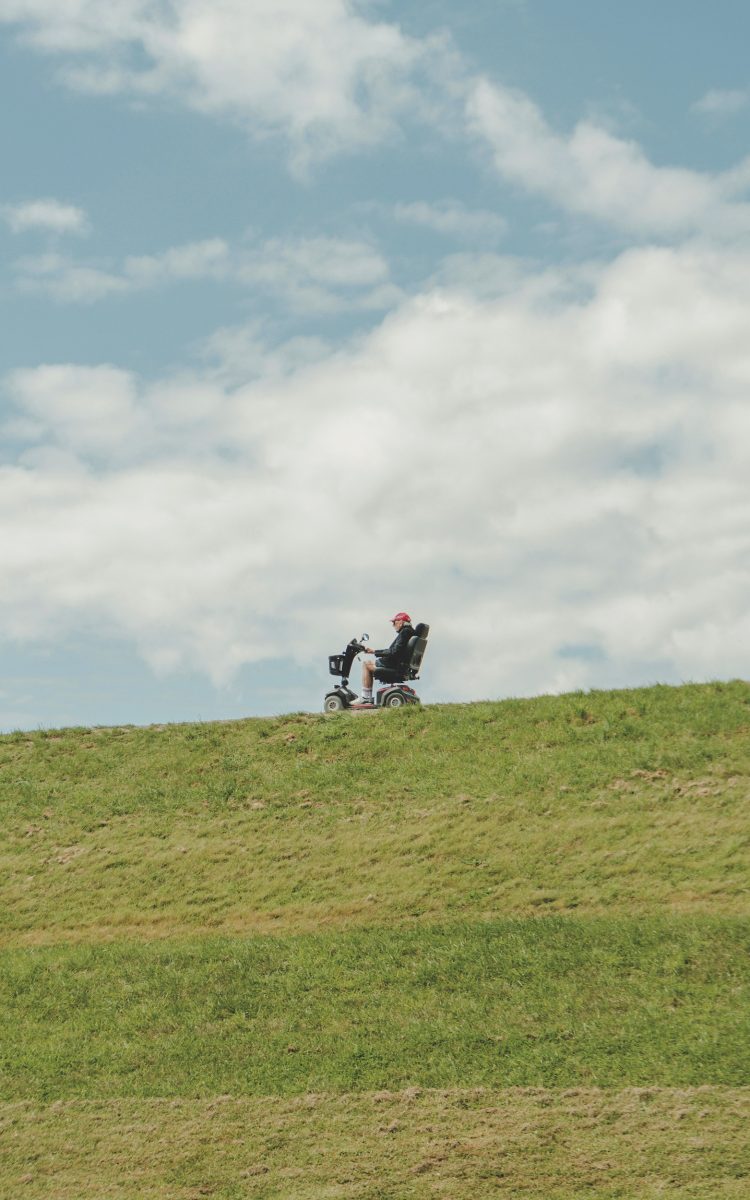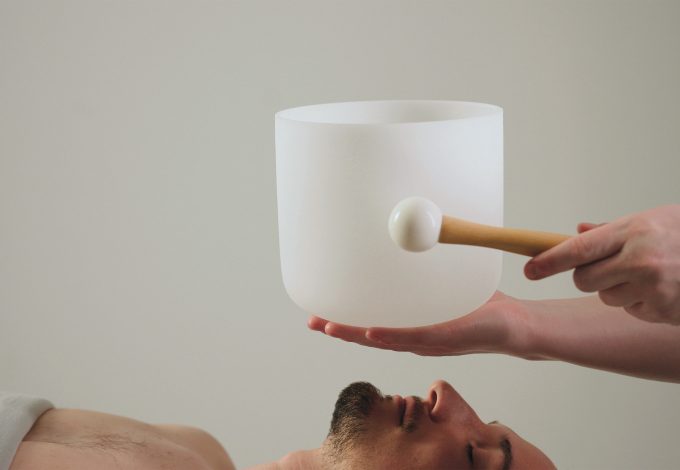Around the world, longevity is celebrated as a true achievement. From the wisdom of the elders in Asia to the tributes paid to centenarians in Western societies, reaching an advanced age in good health is universally admired. However, living a long and healthy life requires much more than luck: it’s the result of a commitment to ourselves that involves the rigorous maintenance of our physical health.
The musculoskeletal system – consisting of our muscles, bones, and joints – is at the heart of this quest. Like a car we want to keep in good condition over the long term, our body requires constant care in order to slow down and mitigate the inevitable effects of aging. However, unlike a car, we can’t just drop our body off with the mechanic. It’s our personal responsibility to keep it in good working order.
One of the greatest modern threats to our longevity is a sedentary lifestyle. This way of life, characterized by a minimal, even non-existent level of physical activity, accelerates the decline of our physical abilities and limits our chances of aging with dignity and independence. More than ever, this highlights the importance of integrating movement into our daily lives and continuing to engage all parts of our body from a very young age. As the old saying goes, “Use it or lose it.”
In this article, we will explore four pillars of musculoskeletal health: cardio (cardiovascular health), strength, mobility, and balance. Together, these elements form the foundations of a functional and resilient body.
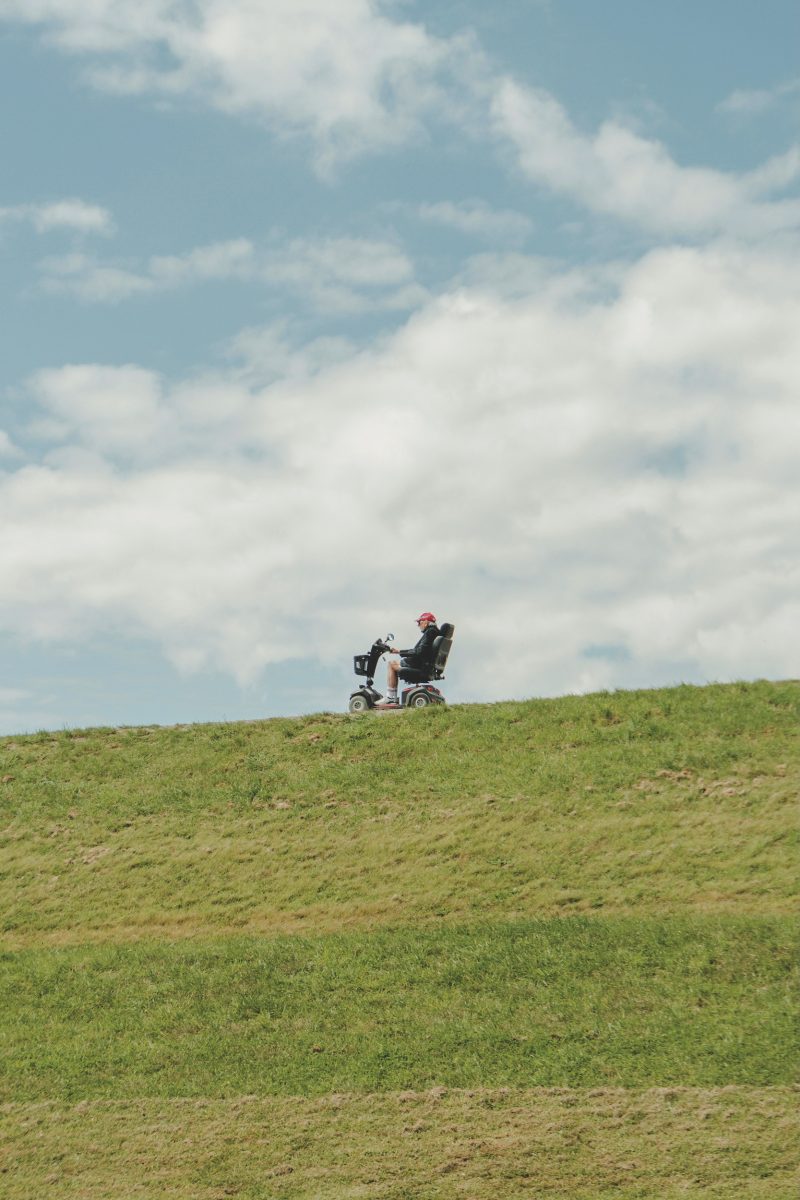
An active lifestyle lets you maximize the chances of staying mobile for as long as possible.
Photo: © Britt Gaiser
CARDIO: THE ENGINE OF VITALITY
The cardiovascular system acts as the engine of our body. It transports oxygen, nutrients, and hormones throughout the body while eliminating metabolic waste. With age, this system naturally becomes less efficient: the heart rate adapts less well to exercise, the blood vessels become less flexible, and circulation is less efficient.
If cardiovascular fitness is not maintained, muscular atrophy and deconditioning increase considerably, which can then lead to a high risk of cardiovascular disease. On the other hand, working on this pillar lets you maximize oxygen supply to all the tissues, thereby improving overall energy and the ability to recover.
Recommended methods:
(1) Power walking, hiking, cycling, swimming. These low-intensity but long-duration activities are ideal for maintaining good cardiovascular health, especially when practiced regularly.
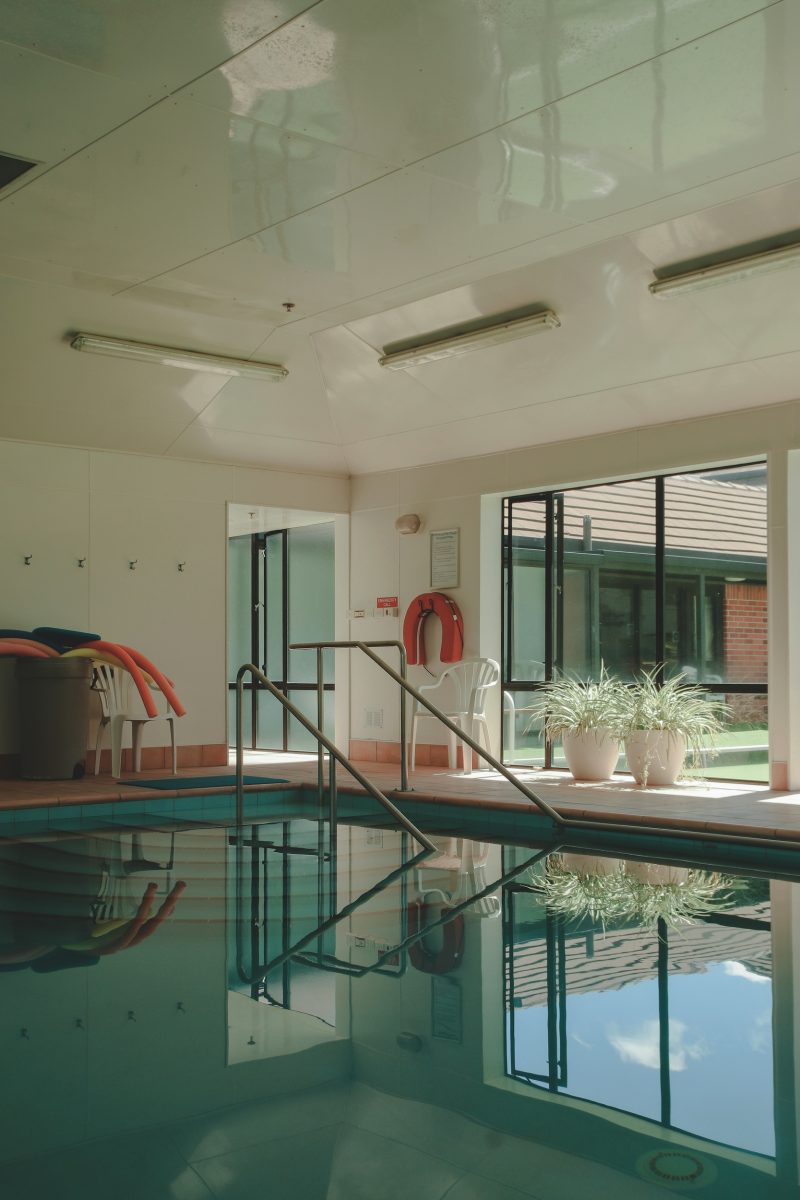
Easy on the joints, swimming is a great form of physical exercise.
Photo: © Britt Gaiser
STRENGTH: CATALYST OF FUNCTION
Muscular strength is the ability of the muscles to generate tension in order to perform movements, maintain a position, or resist a load. With age, sarcopenia – a reduction in muscle mass and quality – becomes a major challenge. This phenomenon not only reduces our strength, but also affects our metabolism, coordination, and bone density.
Without regular training, a loss of strength leads to reduced autonomy, an increased risk of falls, and difficulty performing daily tasks. Conversely, strengthening the muscles improves quality of life, extends life expectancy, and reduces the risk of injury.
Recommended methods:
(1) Resistance exercises, such as squats and pull-ups. It’s not necessary to go to the gym to build strength. Simple exercises using your own body weight can be more than sufficient.
(2) Grip strength training. While this is often neglected, several scientific studies have determined that this is a key indicator of longevity and overall health. A simple and common way to work on your grip strength is to carry your grocery bags, ensuring that the load is heavy enough to be challenging, but not so heavy that it represents a risk factor.
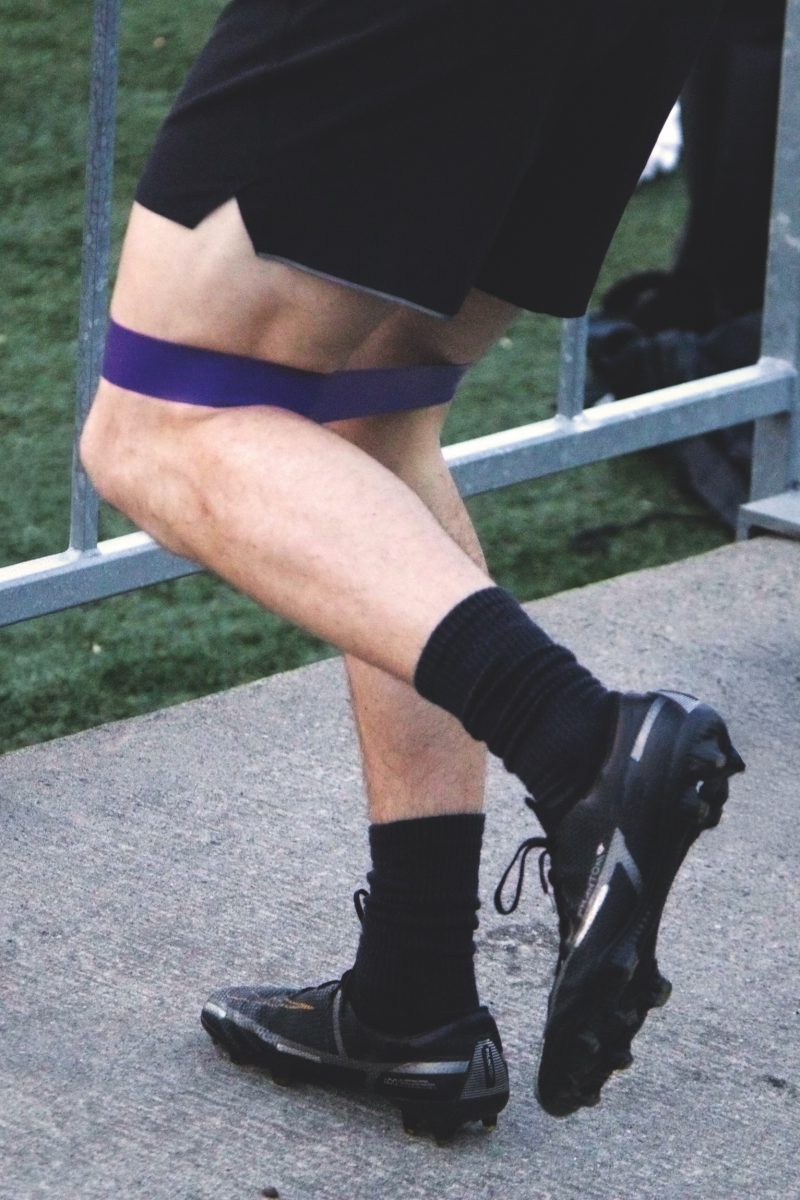
Simply using an elastic band can allow you to perform a wide range of exercises of various intensities.
Photo: © Danielle-Claude Bélanger
MOBILITY: FREEDOM OF MOVEMENT
Mobility is the ability to move freely within a functional range of motion. For example, reaching an object on a high shelf shows good shoulder mobility, while sitting comfortably in lotus position requires favourable hip mobility. However, with age, the connective tissues lose their elasticity, the synovial fluid decreases, and the joints generally wear out.
If this aspect is neglected, the consequences include a loss of autonomy, an increased risk of falling, and limitations in the ability to carry out everyday tasks. Working on mobility provides a freedom of movement which, combined with strength, allows you to perform a wider variety of activities.
Recommended methods:
(1) Gentle or adapted yoga (such as chair yoga).
(2) Joint mobility exercises focusing on the quality rather than the quantity of the movements.
BALANCE AND COORDINATION: THE ART OF STABILITY
Balance relies on sophisticated sensory systems, including vision, the inner ear, and the neuromuscular receptors. These systems work together to allow us to stabilize ourselves, whether on a slippery surface or in the face of a sudden movement.
With age, these mechanisms decline: vision becomes less precise, the inner ear detects movements less effectively, and the reflexes slow down. This increases the risk of falling, promotes social isolation, and leads to a vicious circle of sedentariness. Fortunately, balance training can reverse some of these effects.

Recommended methods:
(1) Tai-chi: a gentle practice proven to reduce falls in older adults.
(2) Simple balance exercises, such as standing on one leg or varying the points of contact with the ground.

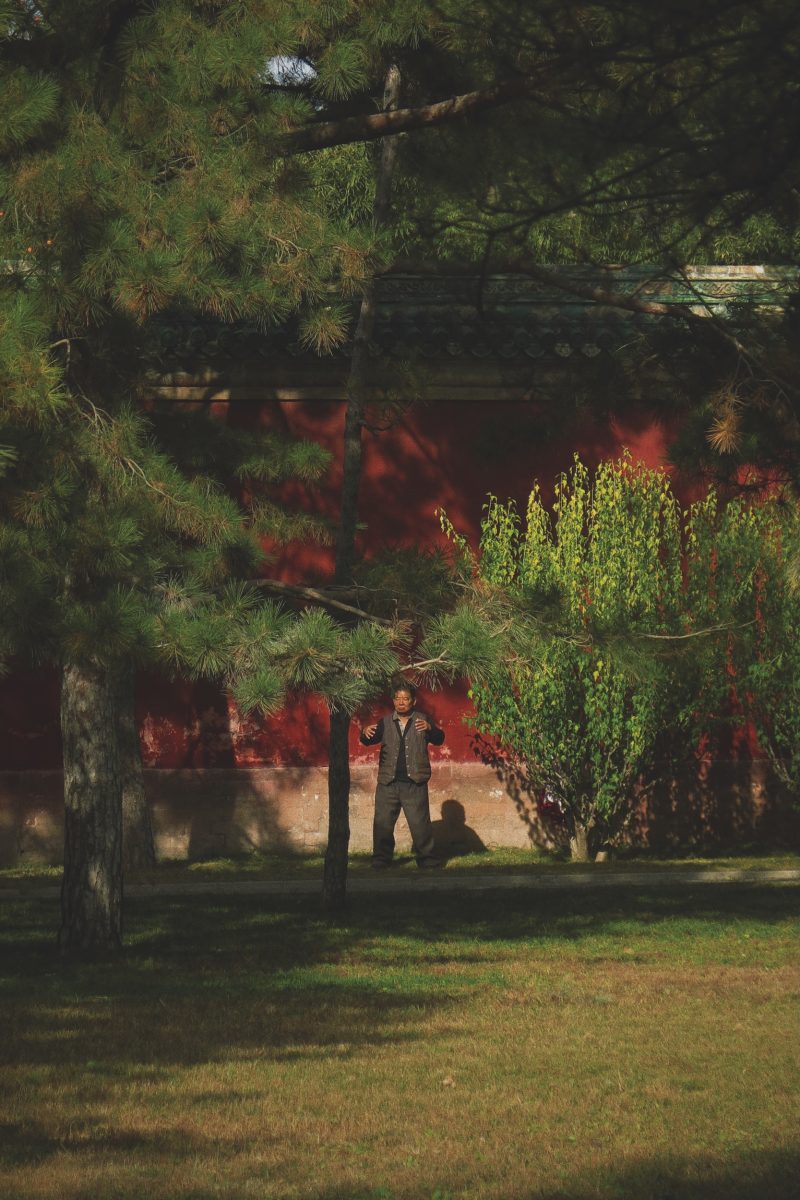
Stair climbing and practicing tai-chi can help us stay in shape, regardless of our age!
Photos: © John Moeses Bauan / Kelsey He
We have just explored the foundations of physical health: cardio, strength, mobility, and balance. But beyond the “what” and the “how,” it’s essential to understand the “why.” Why invest time and effort to preserve these aspects? The answer is simple: for quality of life.
With age, maintaining an active and functional body offers more opportunities, guarantees autonomy, and preserves dignity. It also sends an inspiring message to future generations. If you want to adopt a physical activity routine, don’t hesitate to consult a kinesiologist or another health professional. These experts will guide you in tailoring your efforts to your abilities and specific needs.
Remember: it’s never too late or too early to start. Every movement counts. Take care of your body today, and it will pay you back for years to come.
Sources
Chen, L.K. (2020). The grip on healthspan: Handgrip strength as a vital sign of aging. Archives of Gerontology and Geriatrics, 122, 105345. https://doi.org/10.1016/j.archger.2020.105345
Srikanthan, P., et Karlamangla, A. S. (2011). Muscle mass index as a predictor of longevity in older adults. The American Journal of Medicine, 124(6), 547–553. https://doi.org/10.1016/j.amjmed.2011.02.007
van Oort, S., Buelens, J. W., van Ballegooijen, A. J., Burgers, S., et Lammers, C. C. (2023). Cardiovascular risk factors and lifestyle behaviours in relation to longevity: A Mendelian randomisation study. Journal of Internal Medicine, 289(2), 224-233. https://doi.org/10.1111/joim.13566
Piccirillo, P., et Stefanski, C. (2022). Cardiovascular aging and longevity: JACC State-of-the-Art Review. Journal of the American College of Cardiology, 79(2), 189-207. https://doi.org/10.1016/j.jacc.2021.10.023
Panella, K., Maggi, E., et Crotti, D. (2021). Mobility impact and well-being in later life: A multidisciplinary systematic review. Research in Transportation Economics, 86, 100975. https://doi.org/10.1016/j.retrec.2020.100975
